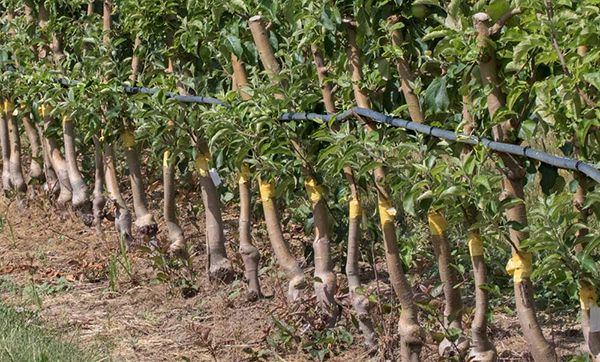Flower water-saving irrigation has a variety of methods, the following is a brief introduction:
1, Spray irrigation: refers to the use of dewy flowers in the spray, the range of the spray head in about 12 meters. Dewy grass flowers are best used for irrigation. When using spray irrigation should pay attention to: the flow of the nozzle as small as possible, to prevent water droplets too large to affect flower production;
2, Drip irrigation: refers to the irrigation system used to water crops in the form of drip or continuous small water flow. The common irrigation machines in the drip irrigation system are drop heads, drop arrows, drip irrigation tubes, drip irrigation belts and so on. Drip irrigation system is one of the most advanced irrigation methods, the use of drip irrigation, can avoid other irrigation methods after irrigation humidity is too large and easy to cause crop disease, so drip irrigation can be said to be the most of the best choice of greenhouse flower irrigation system.
Drip irrigation system has the advantages of saving labor, water saving, energy saving, high quality, increasing production, adapting wide range, easy to realize automatic control, etc., and can also cooperate with fertilization equipment, accurately carry out water-carrying or drug-carrying operations. Its shortcomings are high equipment investment, poor anti-clogging performance of the system, so drip irrigation on the water quality requirements are higher.
3, Micro-spray tape: refers to the irrigation system used to spray water flow state watering crops. The hydroponometers of the micro-spray system have various micro-spray heads and spray belts. Dew-out-of-the-earth micro-spray systems generally lay the surface of the spray belt or insert micro-spray heads, and in facilities, micro-spray heads are generally hung upside down on the facility skeleton to avoid affecting the micro-spray system to work on other crops in the field.

